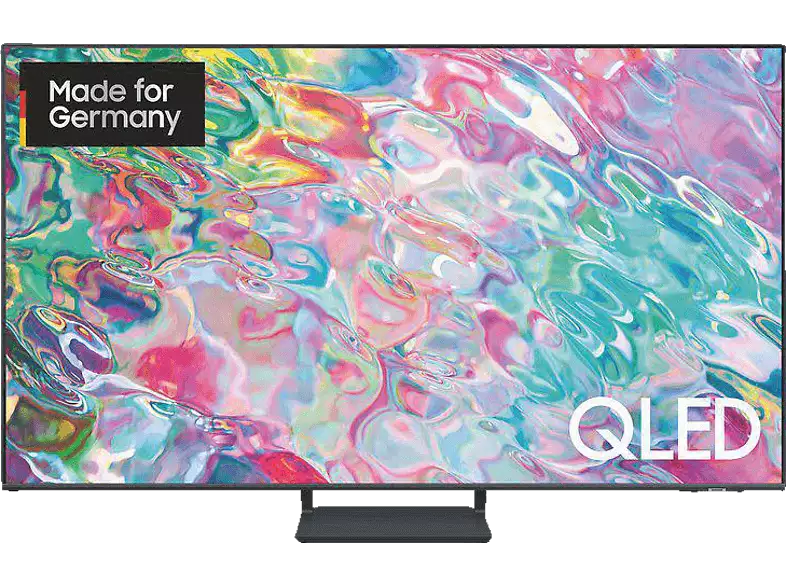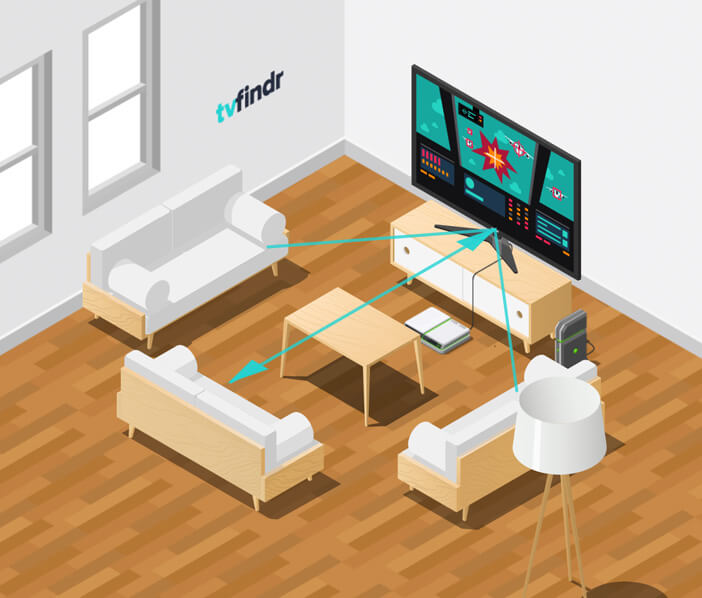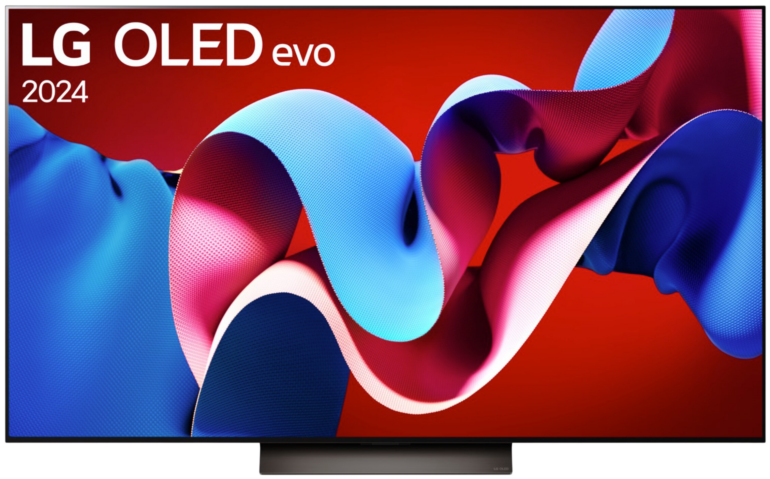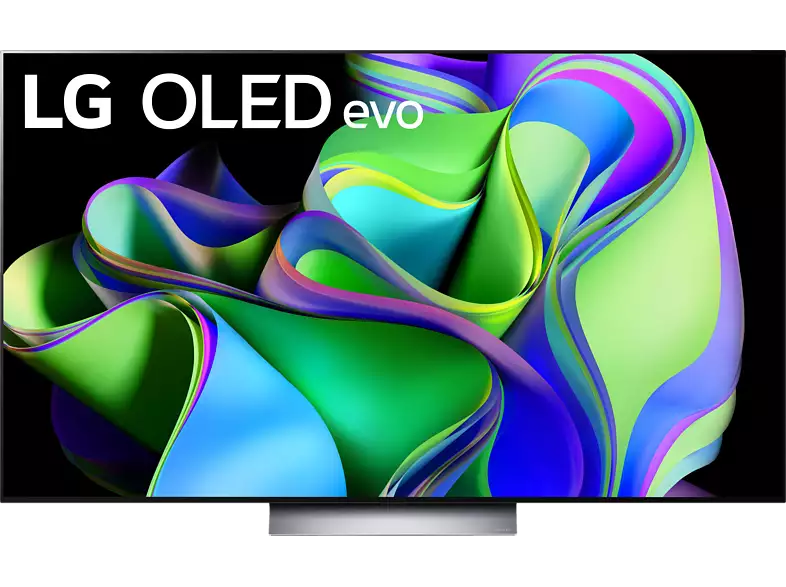Best 55 Inch TVs 2022/11
Even though larger TVs are bought more and more often, the 55-inch variant remains the most popular on the whole market. It is a good average size and sufficient for home cinema as well as perfect for a cozy evening of gaming. In addition, the 55-inch model is available in all price ranges, although there are of course significant differences in terms of technology. We have compiled the best 55-inch TVs for you here.
Nothing for you to find? In that case, why not use our TV buying guide or take a look at our tv toplist. There you will find a complete selection of our listed TVs and can set filters completely individually in order to find your perfect TV.
Hey! If you buy through our links, you support our project. It won't cost you a cent more! Many thanks in advance! ♥️
Winner from 2021: LG OLED C17
Even though the successor has already been released, LG’s OLED C1 remains the favorite in the OLED category. The C2 has not received many improvements, which is why you can still safely buy the meanwhile cheaper predecessor.
You won’t miss anything here, since the C1 can also convince with an outstanding and OLED-typical picture quality. Watching movies and series is a real pleasure on this TV and gamers can also enjoy the picture’s great brilliance. Thanks to the 120 HzHertz is the derived SI-unit of frequency with 1Hz=1/s – When talking about TVs this means how many different pictures a TV can display in one second. panel, nothing jerks, no matter if you are watching soccer or playing the latest car racing game.

Four HDMI 2.1 ports provide the current consoles with the best gaming features currently available on the market and also offers various settings that can be adjusted directly in the game. The sound does not need to hide either and convinces with a clear sound reproduction in particular.
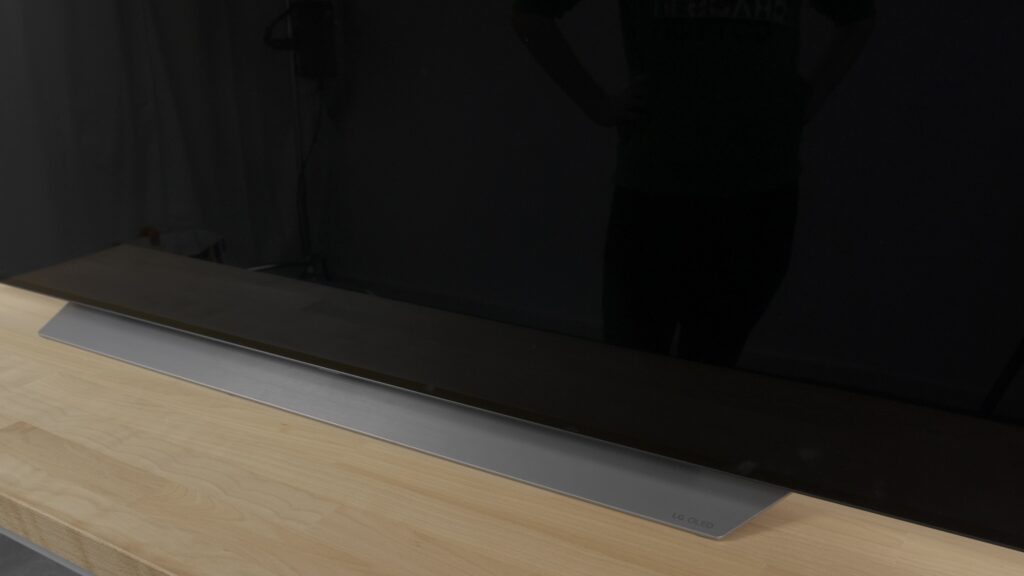
Nothing is missing in terms of Smart TV either, and the LG OLED C1 can convince with various streaming services, support for voice assistants and Apple services. The Magic Remote is also available here, so operating the webOS 6.0 is intuitive and very easy.

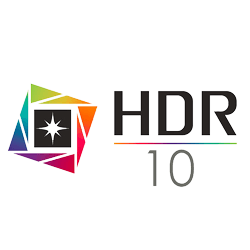

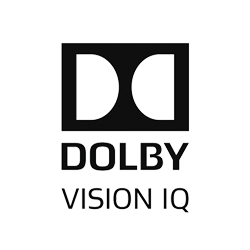



The OLED painting: LG OLED evo G29
The LG OLED evo G2 is once again a special TV, as it can turn into a painting in an instant. Due to the very flat design, it is designed for wall mounting and thus enhances every living room.
However, there is also a lot of high-quality technology built into the flat “box” and the significantly brighter Evo panel, in combination with the outstanding color brilliance, ensures a great picture quality. In addition, a heat sink has been installed in the G2, which significantly reduces the power consumption.
Gamers can also enjoy the picture frame TV, because even if it only looks nice at first, the G2 has plenty of gaming features and four HDMI 2.1 ports to offer. The good sound quality is also convincing, despite the slim design, and the smart features have not been skimped on either, so you get a full-fledged all-rounder with the G2 that not only looks good.
The LCD miracle with mini LEDs: Samsung QN95B
The Samsung Neo QLED QN95B clearly has the edge in the LED/LCD sector and can score with an outstanding picture brilliance. The Neo QLED is incredibly bright, so you can even watch movies and series during the day in a light-flooded living room without problems.
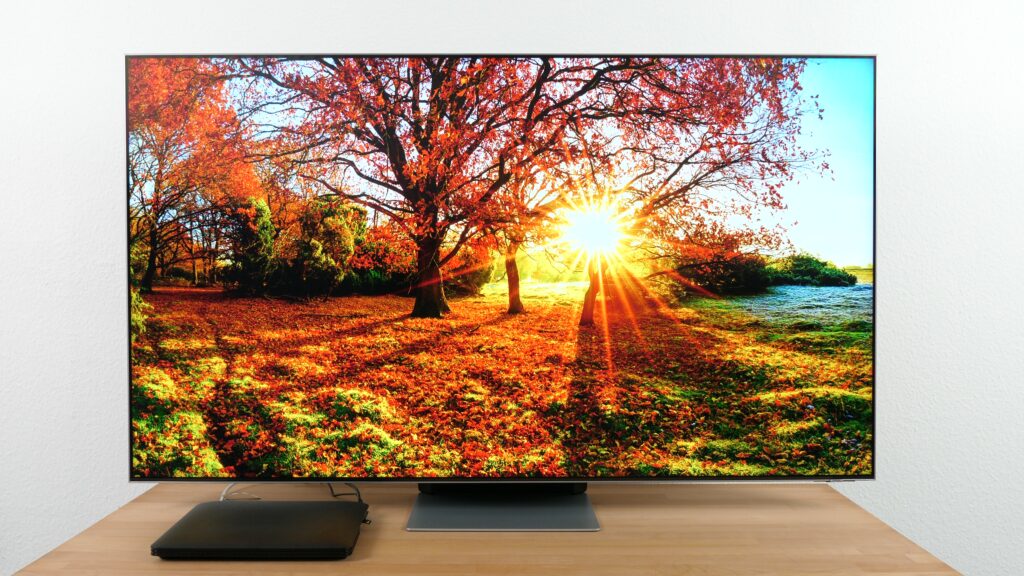
The unique One Connect Box ensures order in the cable tangle, whereby only one cable goes to the TV and all others are connected to the box. This allows the box to be conveniently attached to the back of the stand or placed on the sideboard.
Besides the great picture quality, the Samsung Neo QLED QN95B can also convince with its smart features. The Tizen operating system offers a lot of streaming providers, support for voice assistants, and a twin tuner so that you can watch one show and record another.
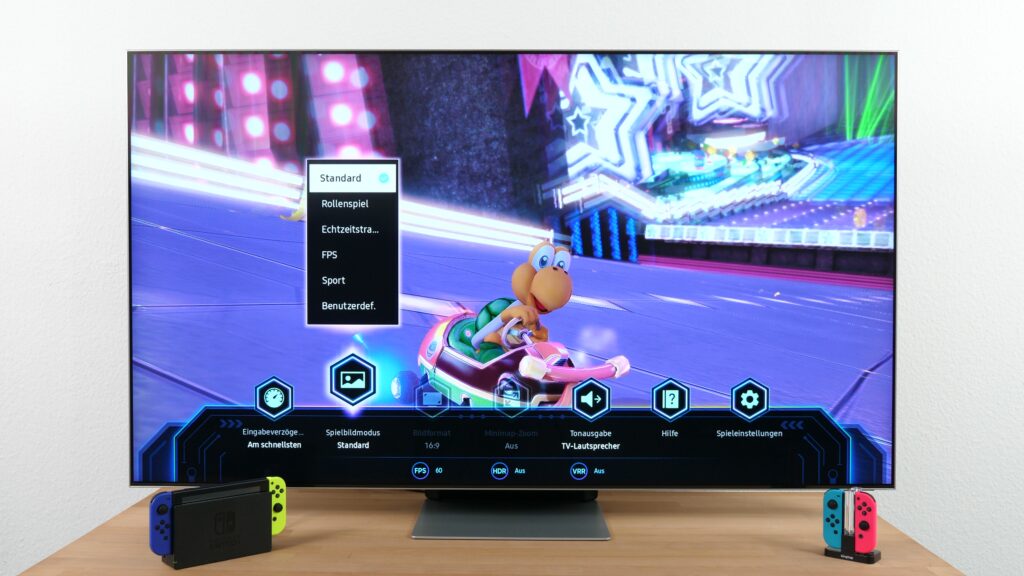
Gamers will also have fun with the TV, since four HDMI 2.1 ports are installed and offer all the gaming features you could wish for. Unfortunately, Samsung still does not support Dolby VisionDynamic HDR-format with a color depth of up to 12 Bits and Mastering of up to 10,000 Nits, so the special feature Dolby Vision Gaming is not possible here. In return, Samsung can score in the area of sound, since a three-dimensional listening impression is created here.



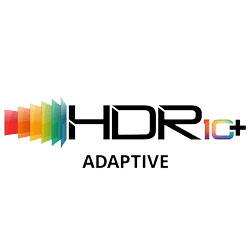
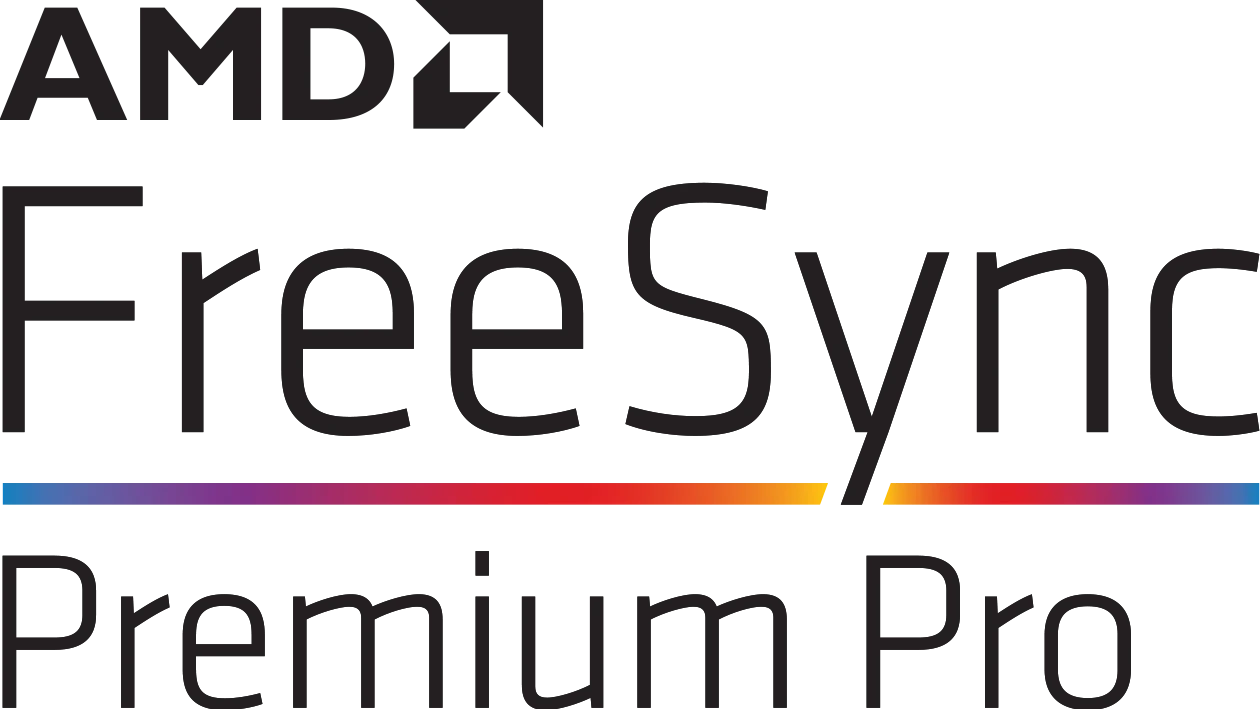


The mid-range TV: Samsung Q70B
If it can be a bit cheaper, the Samsung Q70B is a great all-rounder that has something to offer for every area. The TV convinces with a wide color gamut and good picture quality, which can be improved even further with the dynamic HDR10+ Adaptive format.
In terms of gaming, the Q70B is also well-equipped and delivers all the necessary gaming features thanks to four HDMI 2.1 ports. In terms of sound, the TV can additionally convince with a clear dialog reproduction and exclusive features from Samsung can adapt the sound to the room.
Of course, the Samsung TV also offers all the conveniences of a Smart TV, so you can look forward to a large app selection, voice assistant support and a solar-powered remote control.
Perfect image optimization: Sony X90J
If there’s one thing the Sony X90J can do, it’s optimize the great picture quality so that you get an incredibly natural image. This makes skin tones and nature shots look authentic, and that’s due to the Japanese manufacturer’s years of experience.
Of course, that’s not the only advantage of the LCD TV. Thanks to the 120 Hz display, movements are displayed smoothly, whether in home cinema, soccer or gaming. The latter is extended by two full-fledged HDMI 2.1 ports, which provides current consoles with everything they need.
In addition, the Sony X90J offers extensive smart features like various streaming services, a voice control and a twin tuner, so you can watch one show and record another.
The QD OLED innovation: Samsung S95B
The QD OLED technology was first launched in 2022 and the Samsung S95B is one of the few models on the market. What is special here is that colors are displayed much more precisely because Quantum Dots are combined with a self-luminous OLED layer in the display.
The Quantum Dots are otherwise only found in Samsung’s QLED TVs and actually need a backlight to function. Here, the OLED layer takes over the illumination, which consists of organic pixels and is self-luminous. This makes it possible to achieve higher brightness and better contrast.
In addition, a larger color space is possible, which makes colors look very real and significantly improves the general picture quality. Due to the higher brightness, the TV can even handle reflections very well.
In addition, the Samsung S95B offers four HDMI 2.1 ports, so gamers are provided with all the usual features and can fully enjoy their consoles. However, the sound does not disappoint either and the good sound is enhanced with clear dialog reproduction.
In addition, there is a wide range of smart features, from a great app offering to voice assistant support and the fluid Tizen operating system, which leaves hardly anything to be desired.

As a studied technology journalist Tobi likes to write regularly about the colorful world of TV sets & Co. Further interests: Music, cars, gaming, soccer
- Best 55 inch TVs in comparison
- Winner from 2021LG OLED C17
- The LCD miracle with mini LEDsSamsung QN95B
- The QD OLED innovationSamsung S95B
- 55 inches - The perfect TV size?
- Frequently asked questions about TVs with 55 inches What is a reasonable seating distance for 55 inch TVs?Is my space adequate for a 55 inch TV?How expensive are 55 inch TVs?Which VESA standard does my 55 inch TV have?How much power does a 55 inch TV consume?What features should a 55 inch TV have?
55 inches - The perfect TV size?
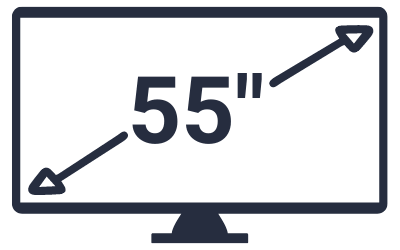
The standard in the television market
While for some the TV can never be big enough, for most users the 55 inch size is just right. At least, that’s still one of the most popular and best-selling sizes on the market, as it’s not too small but not too big either. Thus, a 55 inch TV fits both in the living room and as a second TV in the bedroom.
In terms of price, there are no limits here, and you can already get good TVs in 55 inches in the low-price segment. Even in the high-end segment, the best-selling size continues to be the focus, and some manufacturers don’t even offer smaller sizes. Are 55 inches therefore the perfect TV size?
This cannot be answered across the board, since it also depends on the individual use. While smaller sizes are interesting for gamers, home theater enthusiasts need a larger screen so that powerful movies come across accordingly. Additionally, the TV must also have enough space, which is why a huge TV doesn’t fit everywhere. Therefore, you should individually consider which TV size is the right one for you.
Frequently asked questions about TVs with 55 inches
What is a reasonable seating distance for 55 inch TVs?
The recommended seating distance here is 2.5 m. However, this value can also be exceeded or undercut depending on the room. At 3.5 m, 55 inches should only be the minimum size, and a much bigger TV is recommended if the seating distance is even larger.
Is my space adequate for a 55 inch TV?
A TV with a screen diagonal of 55 inches is on average 1.3 meters wide. This is the minimum space required on a TV bench. If there is room for other devices on the TV bench, this must also be taken into account. Sufficient space should also be planned for wall mounting.
How expensive are 55 inch TVs?
55 inches is still considered the standard when it comes to the perfect TV size. That’s why they are available in all price ranges and you can find pretty good models for less than 1000 Dollars. For high-end models, you’ll gladly add another 500 Dollars, if not double that. OLED TVs tend to be more expensive here, even though there are already very good OLED TVs under 1000 Euros.
Which VESA standard does my 55 inch TV have?
You need to know the VESAThe Video Electronics Standards Association (VESA) defines standards for the TVs wall mounting measurements. standard of your TV if you want to mount it on the wall. The abbreviation VESA stands for Video Electronic Standards Association and is an international agreement regarding mounting systems for flat screens. Therefore, on the back of the TV that is suitable for wall mounting, you will find drill holes with a vertical and horizontal distance. To determine the correct VESA standard, measure the distance between the holes.
For a 55 inch TV, the dimensions can vary, but 400×200 or 400×400 are usually available. Appropriate wall mounts should be purchased for the available VESA standard.
How much power does a 55 inch TV consume?
On average, we are talking about an average power consumption of 90 to 160 watts here. HDRHigh Dynamic Range – image/video with more dynamic range (contrast range) content requires significantly more power and thus the 55-inch TVs fall into the EU energy efficiency class G.
What features should a 55 inch TV have?
Almost all TVs are equipped with an extensive smart operating system, which offer many conveniences like a large app selection, support for voice assistants or content recording. In addition, 4K resolution has also become standard, which means you get a razor-sharp picture.
Furthermore, gamers should look out for HDMI 2.1 ports, even though they are not mandatory to use the latest consoles.

